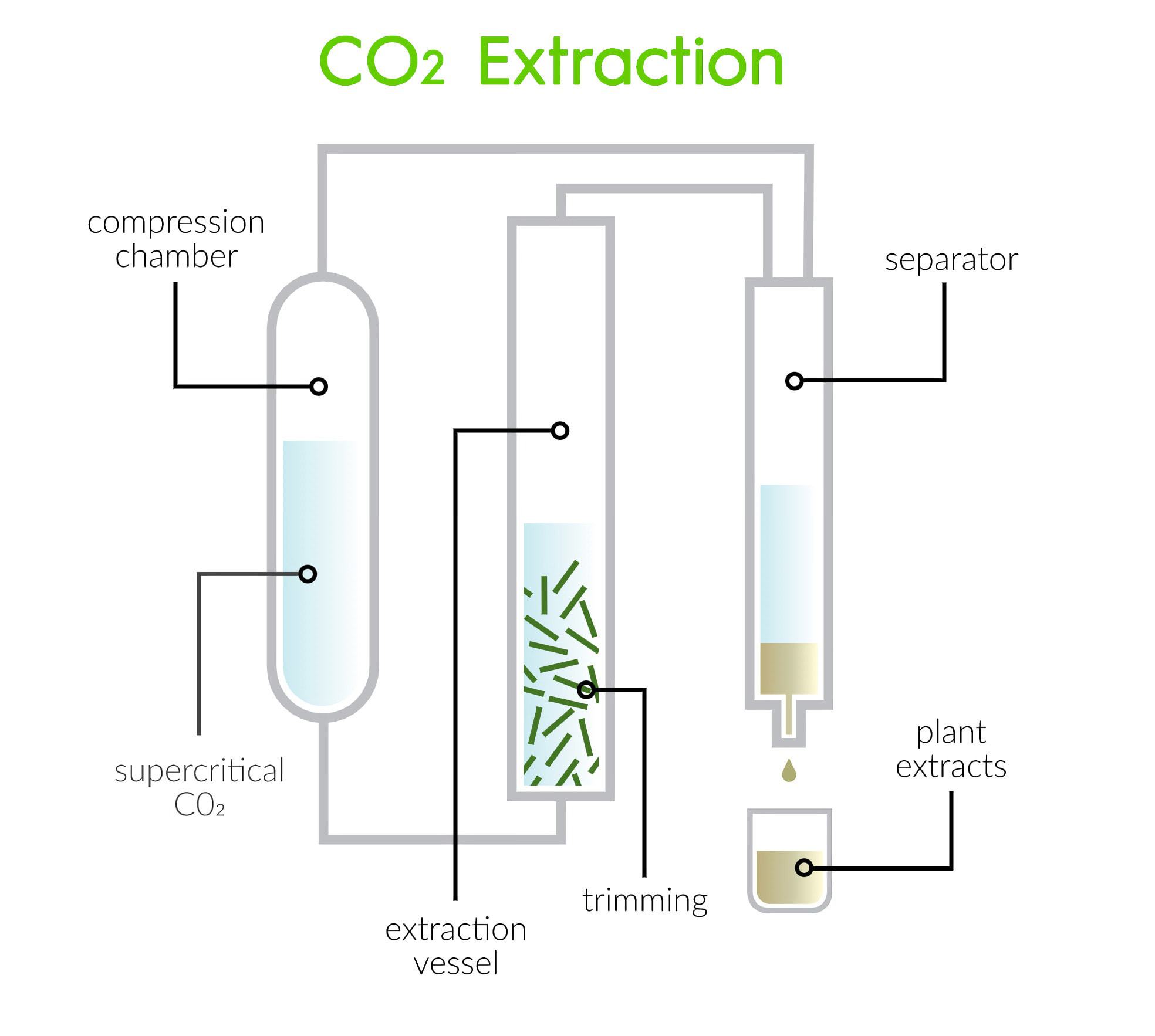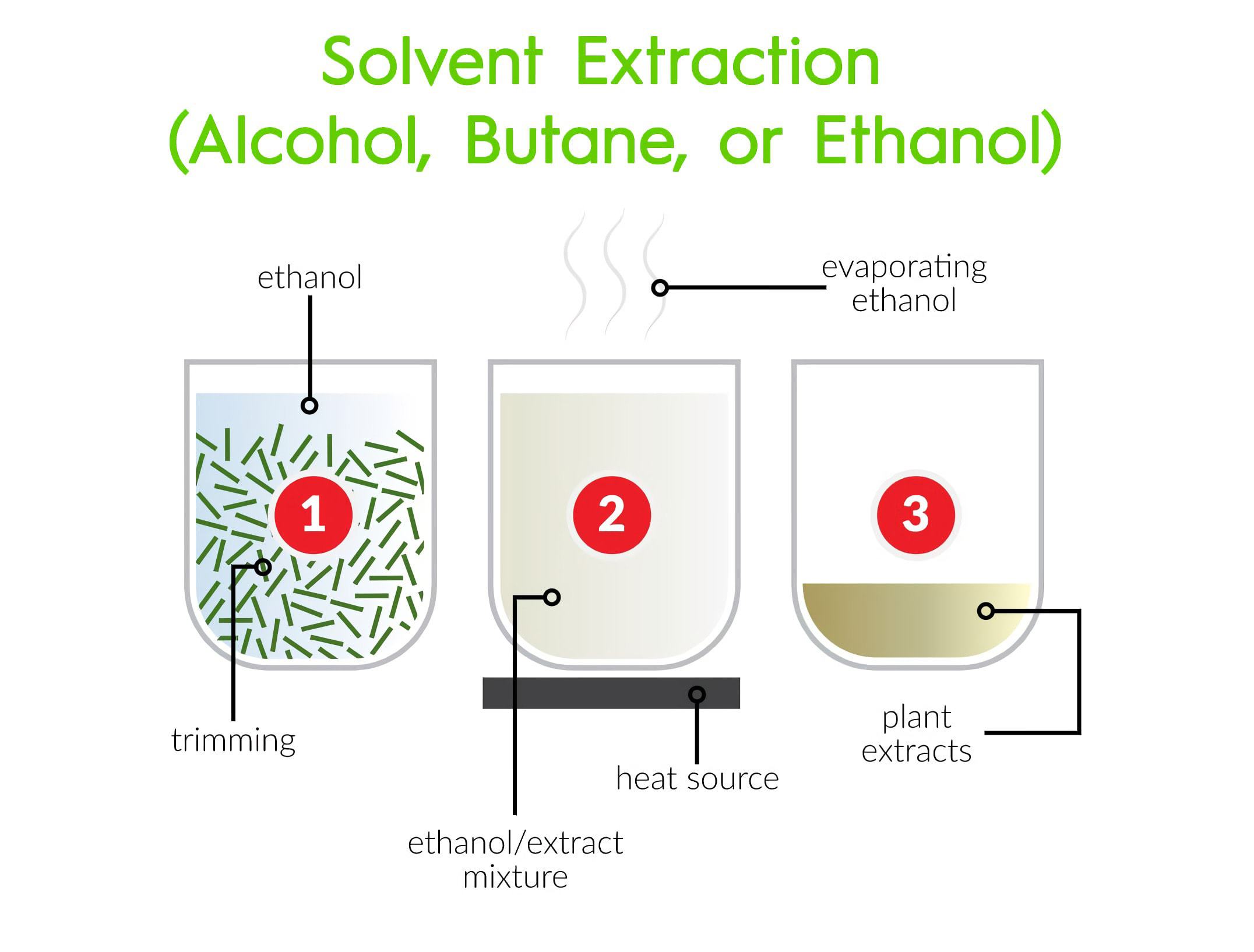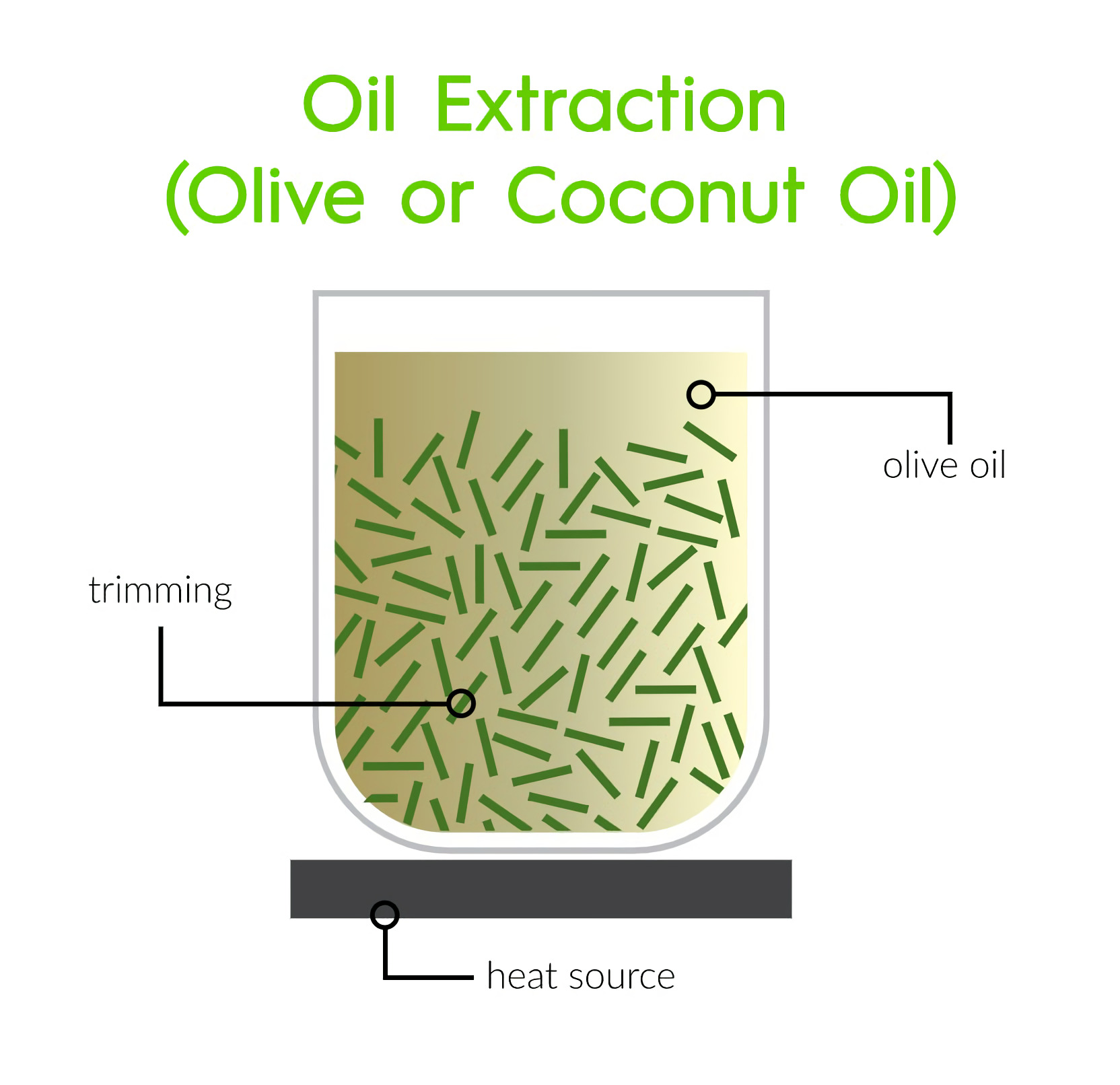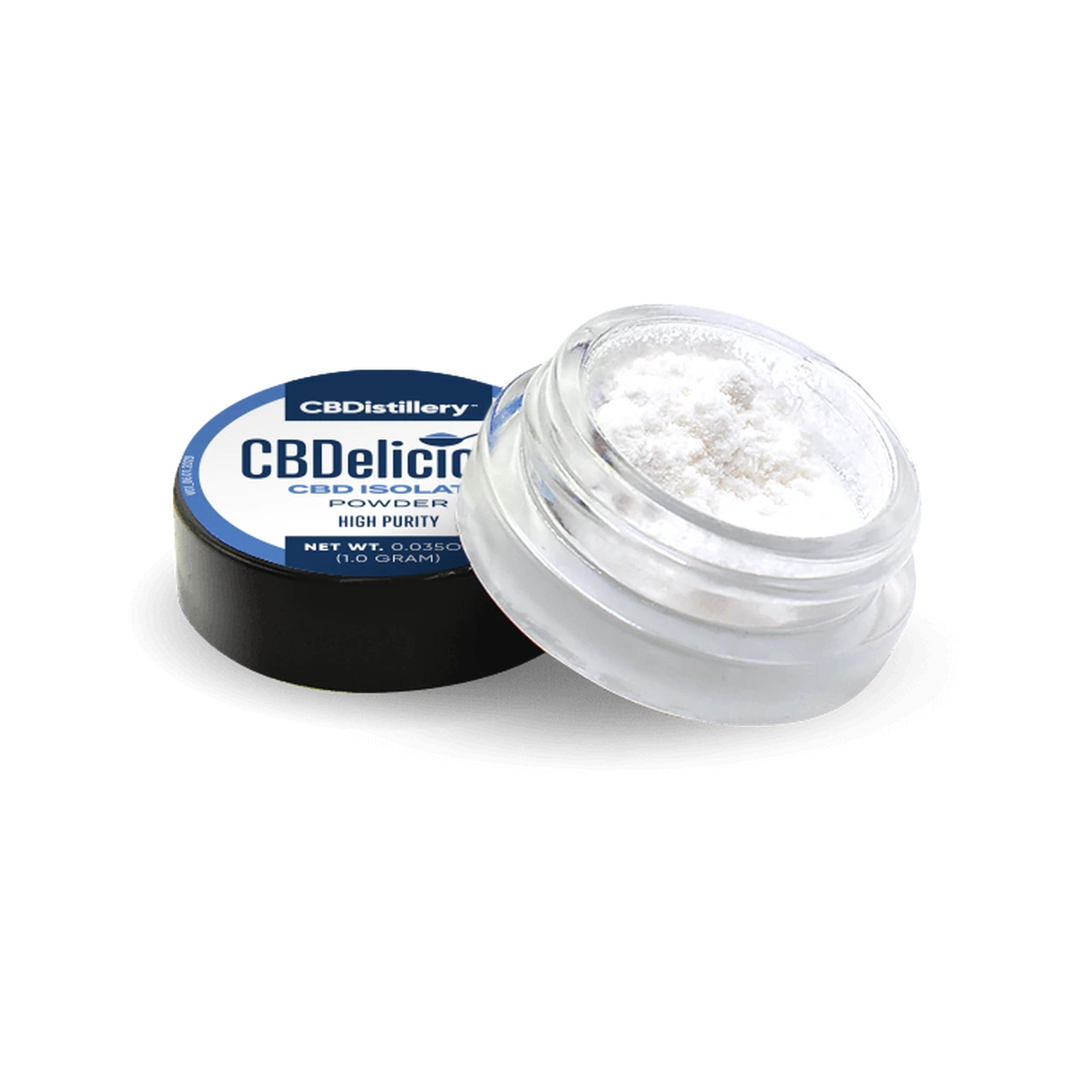CBD Extraction Methods: What are the Best and Safest?
Summarize
With healthy and therapeutic benefits, CBD does not contain THC. This market shows a lot of promise over the next few years. Now may very well be the time to learn about CBD extraction methods.
CBD is extracted from the cannabis plant, of which hemp is a member. Industrial hemp is a federally legalized crop that has a very low level of tetrahydrocannabinol (THC). The legal limit is 0.3 percent or less of THC on a dry weight basis. CBD is the acronym for cannabidiol, an active ingredient found in the hemp plant.
To make CBD products, the first step is to extract the CBD from the plant. The following is an overview of CBD extraction methods.
How is CBD Extracted From Hemp?
CBD is extracted from hemp through a manufacturing process that involves isolating the compound from the rest of the plant material. The CBD oil extraction methods used depend on the type of CBD spectrum being manufactured.
CBD Full Spectrum
CBD extraction is from the whole hemp plant, so the extracted material contains all the cannabinoids, terpenes, fatty acids, and flavonoids and may contain up to 0.3 percent THC.
CBD Broad Spectrum
CBD extraction is from the whole hemp plant, so it contains all the cannabinoids, terpenes, fatty acids, and flavonoids, but the THC is removed via a refinement process called chromatography.
CBD Isolate
CBD extraction is from the whole hemp plant, but the CBD is isolated from the other compounds, followed by a winterization process that removes any remaining compounds like terpenes and cannabinoids. This extraction process produces 99 percent pure CBD.
What is CBD Extraction?
Pure CBD oil extraction methods are manufacturing processes in which compounds and elements are removed from the hemp plant, and only CBD remains. However, manufacturers use a variety of extraction methods to obtain the CBD spectrums described. If the plant material is heated first in a process called decarboxylation, the precursor cannabidiolic acid CBDA is converted to CBD to make it more bioavailable. So there is raw, non-decarboxylated CBD and decarboxylated CBD. Both are non-psychoactive.
Distillation is a final step in most extraction processes. Any remaining impurities or non-cannabinoid compounds are removed. However, CBD isolate is often put through an additional crystallization step in which the CBD extract is turned into crystal or powder form.
Extraction Methods
There are three main CBD extraction methods. They are CO2 extraction, solvent extraction, natural oil extraction and steam distillation. Each of the extraction methods for hemp CBD oil is similar with the main difference being the solvent used to separate the CBD from the hemp plant material.
1. CO2 Extraction Method

This process involves using an equipment system with three compartments and a separator and collection vessel. The first compartment holds solid pressurized CO2 or dry ice. The second compartment holds the dried ground hemp plant material. The third compartment separates the processed material from the CO2.
CO2 is pumped into the compartment holding the plant material where it assumes a state between gas and liquid (supercritical CO2). The CO2 gas diffuses through the plant materials and extracts the cannabinoids. The liquid extracts other compounds. The extracted material is then pumped into the third compartment. The CO2 rises to the top, while the extracted material remains at the bottom.
The CO2 is returned to the first compartment for reuse. The cannabis oil, resins and waxes descend into a separator for collection.
CO2 Extraction Method Pros&Cons
Pros
- Produces consistently high-quality CBD
- Produces a potent and chlorophyll-free extraction
- Produces a safe product without contaminants
- Extracts more of the beneficial compounds compared to other extraction methods
- CO2 is more environmentally friendly than other solvents
- CO2 does not present the risks of other solvents
Cons
- Can be an expensive extraction method requiring a sophisticated equipment setup
- Only trained technical personnel can operate the equipment
- Due to equipment and training costs, CBD products made with this method tend to be higher priced
2. Solvent Extraction – Alcohol, Butane, and Ethanol

Solvent extraction mainly uses one of three types of hydrocarbons (butane, ethanol) or hydrocarbon derivatives (alcohol). They are alcohol, butane or ethanol.
Finely ground plant material is placed in a container. The solvent is mixed with hemp plant material. The solvent dissolves and isolates the CBD and other compounds in the plant material, leaving the fiber and other materials behind. The waste material is filtered out, and the solvent is then evaporated by heating to produce crude CBD oil.
Solvent Extraction Pros&Cons
Pros
- The less expensive extraction process can lead to lower-priced CBD products
- The low boiling point of some solvents means less risk of evaporating cannabinoids and terpenes with heat sensitivity
- Can produce more bioavailable results
- Can produce a consistent concentration of CBD
Cons
- The extraction method can lead to a loss of approximately 10 percent of the cannabinoids
- CBD oil can remain contaminated with solvent and contaminants from the original plant material
- Natural solvents may extract chlorophyll from the plant material which produces an unpleasant taste in the oil
- Solvent residue can be toxic so the manufacturer must be very careful to fully eliminate the solvent during the evaporation step
- Solvents are flammable
3. Oil extraction Using Olive or Coconut Oil

CBD oil extraction methods using coconut oil or olive oil is another process. Olive oil and coconut oil are natural solvents. Raw plant material is ground and decarboxylated, a process for converting cannabinoids into their most active form by slowly heating the dried plant material. The hemp grounds are mixed with olive oil or coconut oil, and the mixture is heated. After heating for a couple of hours, the mixture is cooled and filtered.
Oil Extraction Pros&Cons
Pros
- Inexpensive extraction method
- All-natural solvents are used
- Removes the risk of toxic residue
Cons
- Chlorophyll may remain giving the oil an unpleasant taste
- If it contains plant material, products will have a short shelf life
- May contain contaminants present in the hemp plant
- Does not evaporate well so CBD extract may contain a lower concentration of CBD compared to other methods, meaning it is more dilute and less potent
- Does not efficiently extract all the cannabinoids in the plant material
4. Steam Distillation
In the steam distillation CBD extraction method, plant material is placed in a distillation tank. Water is boiled in a separate tank to produce steam. The steam is passed through the plant material which separates the CBD oils from the hemp plant matter.
The water vapor and essential oil rise to the top of the distillation tank. The vaporized oil is then transferred to a condenser. In the condenser, the steam is condensed back into water and oil. The last step is distilling the oil and water to extract the CBD.
Steam Distillation Pros&Cons
Pros
- All-natural extraction method
- Extraction method has been well-tested over the prior years
Cons
- Requires a much larger amount of plant material than other extraction methods
- Steam temperature must be carefully controlled, or there is a risk of damaging the CBD extract by changing its chemical properties
- Difficult to manage extraction of specific CBD concentrations
What Happens to the Extracted CBD?
After the CBD oil is extracted, it is full spectrum CBD. This means the oil contains CBD, THC, and other cannabinoids, terpenes, flavonoids, amino acids, and additional compounds found in the hemp extract. Many people like their CBD oil to contain all of the compounds, so they get the benefit of the synergism of all the compounds working together.
If CBD broad spectrum is manufactured, the CBD oil needs further processing to remove the THC. The THC is removed using chromatography, leaving the desired compounds intact.
If CBD isolate is manufactured, the chromatography is once again used to separate all the unwanted cannabinoids and other compounds, including THC and plant matter. All that is left is almost pure CBD extract. The extract is then processed into a crystal or powder form.

Once the desired CBD oil or crystals are available, they are used in a variety of products. Products include:
- CBD tinctures – CBD oil is mixed with a carrier oil like coconut oil
- CBD capsules and softgels – CBD oil is frequently mixed with MCT oil, a coconut oil extract, and then encapsulated
- CBD gummies – CBD oil is combined with organic corn syrup and a natural flavoring
- CBD topicals – CBD oil is combined with other essential oils, aloe vera, shea butter, or other ingredients intended for application on the skin
- CBD vape oils – CBD oil is combined with propylene glycol, vegetable glycerin, and natural flavoring to make a product that can be safely inhaled
- CBD edibles – CBD oil or powder is used in various foods, like candy and baked goods
Some people do take CBD oil straight, usually as a tincture in which drops of the oil are placed under the tongue. It has a bitter taste, but that does not bother many consumers.
Which CBD Extraction Method is Best?
The best CBD oil extraction methods at this point use CO2 as the solvent. It is already the most widely used CBD extraction method because it is an efficient process that is able to produce the desired purity. The process provides a precise extraction that is able to remove the contaminants. Using CO2 as a solvent also comes without the risks that hydrocarbon solvents present.
Getting Down to Basics
When you compare CBD extraction methods, look for quality-controlled processes. The CBD industry has become a complex one due to the different spectrums, methods of extraction and a wide variety of products available.
The real key to successful product selection is buying from a reliable vendor that has its products tested by an independent third-party laboratory and transparently posts the results. The reports will tell you the CBD potency, spectrum, any remaining contaminants, the extraction method and a lot of other information. It is important to be a knowledgeable CBD consumer to ensure your needs are safely met.
Sources
- Wang, et al. Cannabis Cannabinoid Res. 2016; 1(1): 262–271. Published online 2016 Dec 1. doi: 10.1089/can.2016.0020
- https://www.ncbi.nlm.nih.gov/pmc/articles/PMC6140266/
- https://www.ncbi.nlm.nih.gov/pmc/articles/PMC7144126/
- Nuapia Y, Tutu H, Chimuka L, Cukrowska E. Selective Extraction of Cannabinoid Compounds from Cannabis Seed Using Pressurized Hot Water Extraction. Molecules. 2020 Mar 15;25(6):1335. doi: 10.3390/molecules25061335. PMID: 32183432; PMCID: PMC7144126.
Share this post


0